If you've spent any time in a gym, you've likely seen someone strapping on a thick belt before stepping up to the squat rack or loading up a heavy deadlift. You may have even asked yourself: "Do I need one of those?" or "When should I use a weight lifting belt?" This guide is here to clear up the confusion and help you make an informed decision.
What Does a Weight Lifting Belt Actually Do?
A weight lifting belt isn't magical, nor is it a back support device in the traditional sense. What it does do is help increase intra-abdominal pressure (IAP), which is a crucial factor for spinal stability during heavy lifting. Think of it as creating a more rigid torso, allowing you to transfer force more efficiently from the ground through your core to the barbell.
By pushing your abdominal muscles against the belt, you create a pressurized environment inside your torso, stabilizing your spine and reducing the risk of spinal flexion or extension under heavy loads. This is particularly beneficial in compound lifts that place a high demand on your core.
Who Should Use a Lifting Belt?
Lifting belts aren't for everyone, and they certainly aren't a requirement for casual gym-goers. However, they can be extremely beneficial for certain groups:
- Intermediate and Advanced Lifters: If you're consistently pushing near your max efforts, especially with barbell exercises, a belt can help enhance performance and reduce injury risk.
- Powerlifters and Olympic Lifters: In competitive settings where every kilogram matters, a belt is often essential.
- CrossFit Athletes: During max effort lifts in WODs (Workout of the Day), belts are commonly used.
Beginners should focus on form and proper core engagement before ever touching a belt. Relying on a belt too early can lead to weak core development and overconfidence under heavy loads.
Exercises That May Benefit from a Belt
Not all lifts require a belt, but for movements that load the spine or require high levels of bracing, belts can be very helpful:
- Back Squats (especially low-bar): The increased forward lean in low-bar squats puts more stress on the lower back.
- Front Squats: The upright torso still benefits from added intra-abdominal pressure.
- Deadlifts: A belt helps stabilize the spine during the crucial hip-hinge movement.
- Overhead Press: Bracing with a belt can help keep the spine neutral as you press overhead.
Avoid using belts for exercises like:
- Bicep curls
- Leg extensions
- Seated machines
- Cable exercises
These don't load the spine significantly and don't require the same level of bracing.
Signs That You Might Need a Belt
So how do you know when it's time to incorporate a belt into your training? Here are some signs:
- Lifting Near Max Loads: If you're regularly lifting 80% or more of your one-rep max (1RM), especially in squats or deadlifts.
- Plateauing: If you're stuck at a certain weight and feel like your core is the weak link.
- Form Breakdowns: If your spine tends to round or hyperextend during heavy lifts.
- Feeling Unstable: If you find it difficult to maintain a tight core under heavy load.
Remember, a belt isn't a magic fix for bad form, but it can provide an edge when used correctly.
When You Shouldn't Use a Belt
There are plenty of situations where a belt isn't necessary and could even be counterproductive:
- Warm-up Sets: Save the belt for working sets where the load challenges your core.
- Technique Work: If you're still mastering form, a belt can mask poor mechanics.
- Accessory Work: Exercises like lunges, rows, or hip thrusts don't usually need a belt.
- Core Training: Let your core do the work during planks, crunches, or ab rollouts.
Using a belt too often can lead to dependency. It's important to train your core naturally too.
How to Properly Use a Lifting Belt
Using a belt isn't as simple as just buckling it up. Here's how to do it right:
- Fit: The belt should be snug but not painful. You should be able to take a deep breath and brace your core against it.
- Positioning: It should sit around your waist, over your navel—not too high on your ribs or too low on your hips.
- Bracing Technique: Take a deep breath into your belly (not your chest), and push your abs out into the belt. This creates the intra-abdominal pressure you need.
- Avoid Over-tightening: If the belt is too tight, it won't allow proper expansion and breathing.
Common Myths and Misconceptions
Let's debunk a few myths:
- "Belts make your core weak": Not if you use them properly. Bracing with a belt trains your core to brace harder.
- "Everyone should use a belt": Not true. Many people will never need one, especially if they don't lift heavy.
- "Belts prevent all injuries": No equipment can eliminate injury risk. Good form and smart training are essential.
How to Choose the Right Belt
Belt selection matters depending on your goals:
- Thickness and Width: Common sizes are 10mm and 13mm thick, and 4 inches wide. Thicker belts provide more support but are stiffer.
- Material: Leather belts are durable and supportive. Nylon belts are more flexible and comfortable.
-
Closure Type:
- Prong Belts: Reliable and adjustable, but slower to put on.
- Lever Belts: Easy to tighten and remove, great for powerlifters.
- Velcro Belts: Convenient but less supportive under maximal loads.
Match your belt to your training style. A powerlifter might want a thick, lever-style leather belt, while a CrossFit athlete might prefer a flexible nylon belt.
Final Thoughts
A weight lifting belt can be a fantastic tool—but only if used wisely. It won't make you invincible or replace good technique. Think of it like seasoning on a dish: it enhances what's already good, but can't fix something fundamentally flawed.
Use a belt when the load justifies it, when your form is solid, and when you're ready to push limits. But also take time to train without it, build your natural core strength, and master movement patterns.
Train smart, lift heavy, and keep your core strong—with or without the belt!
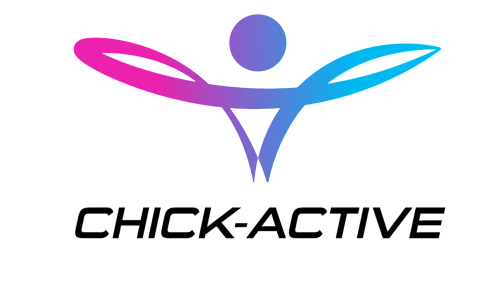
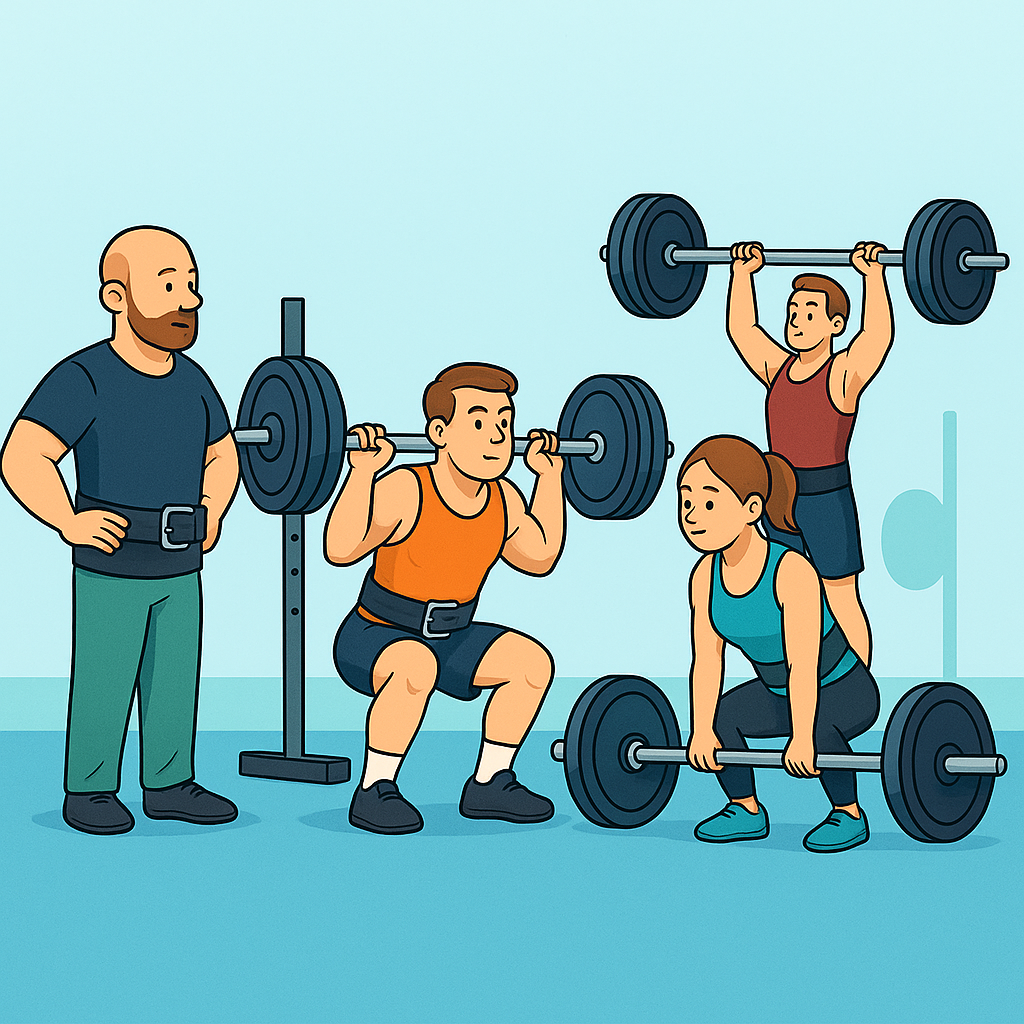
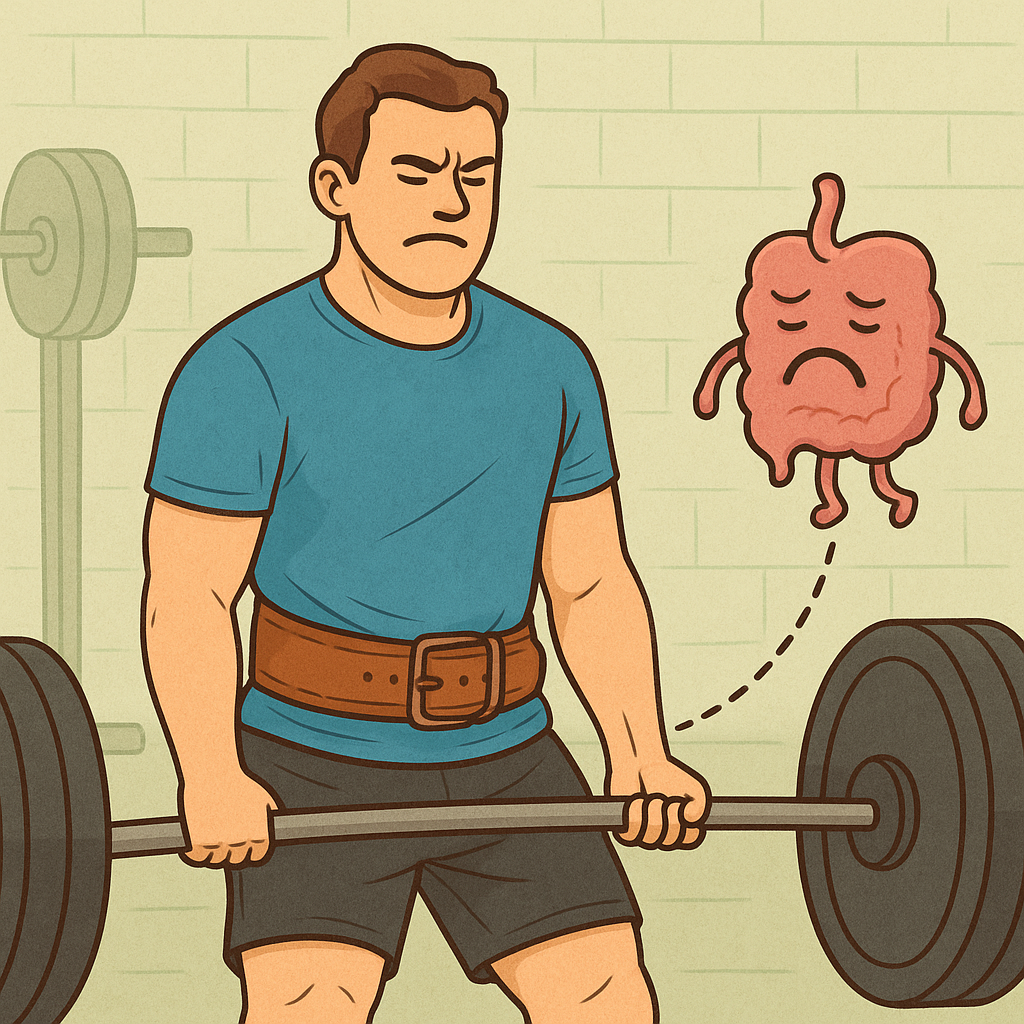

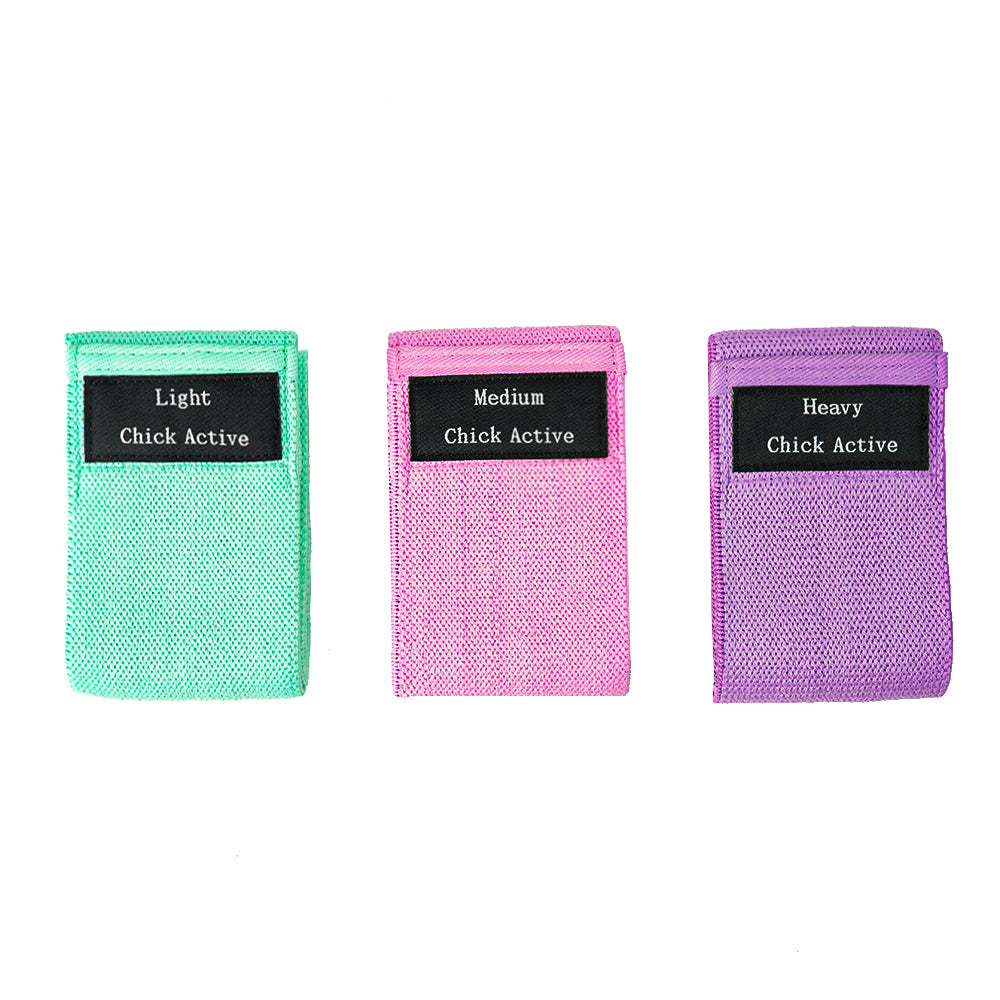
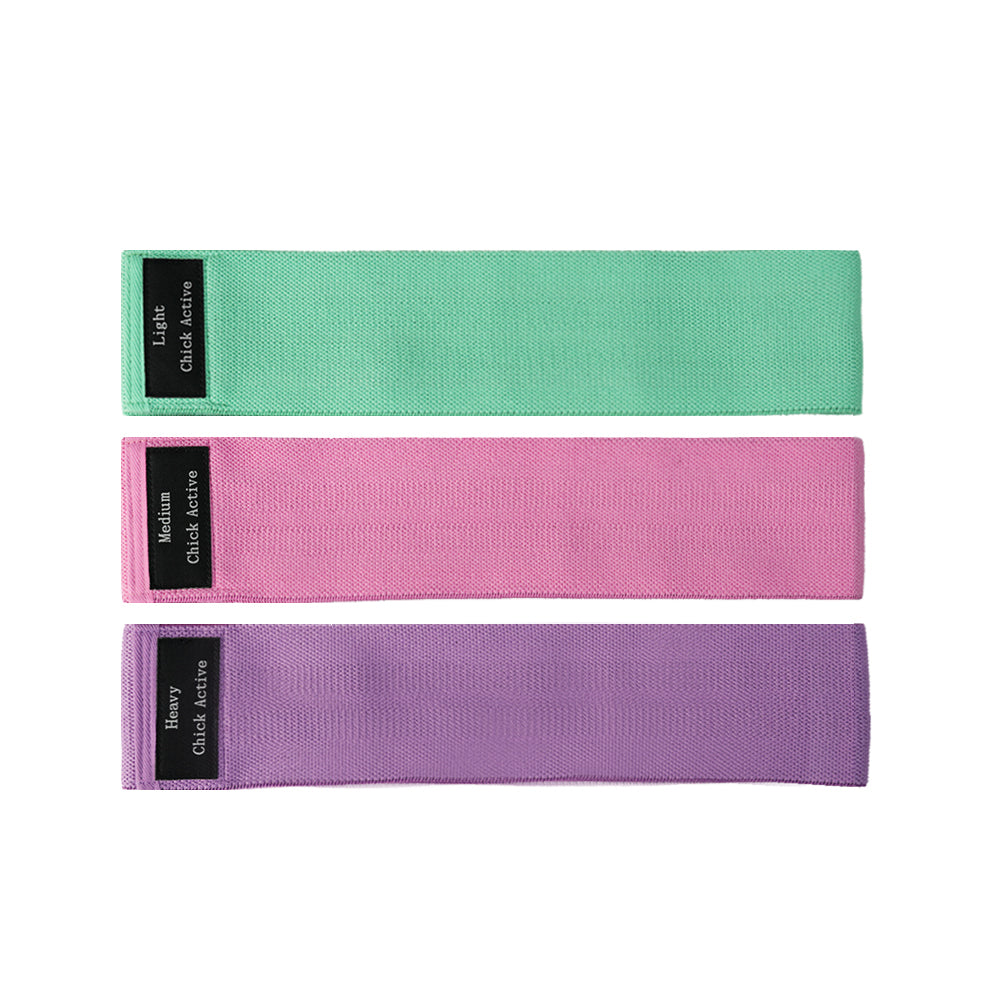


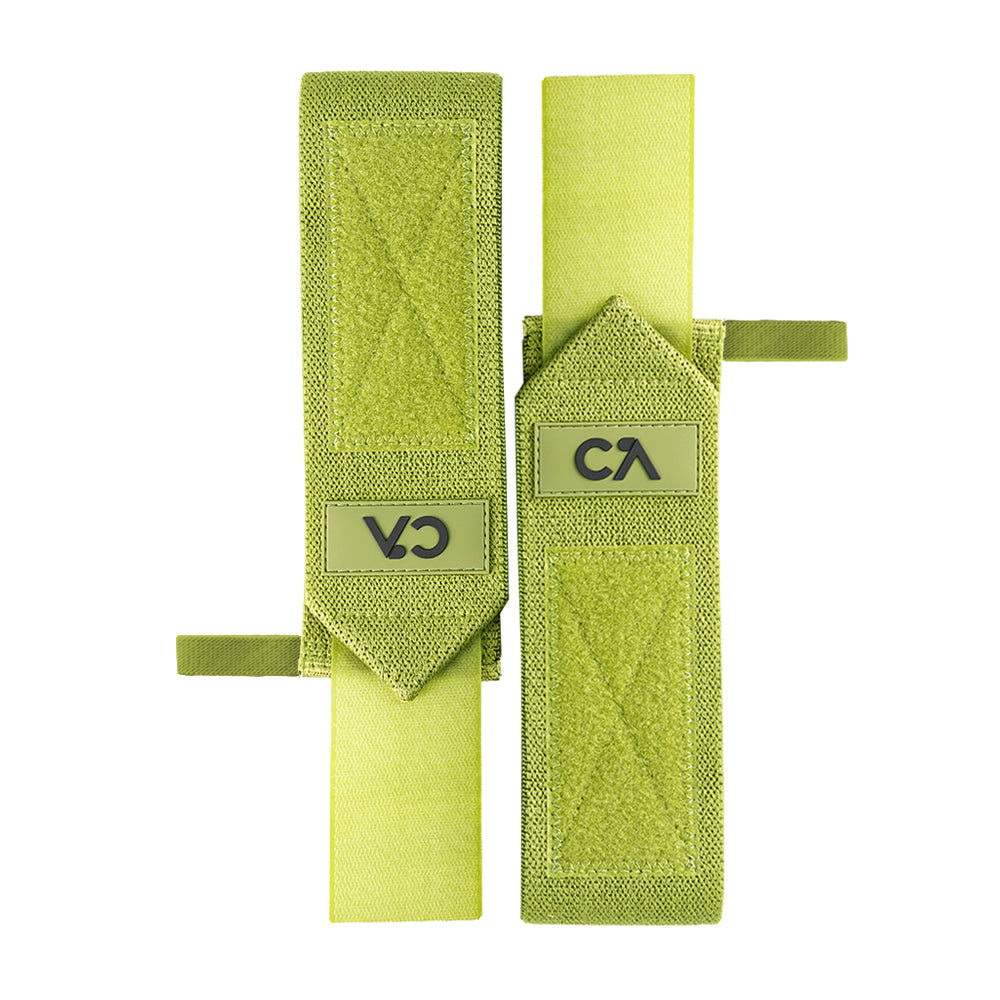
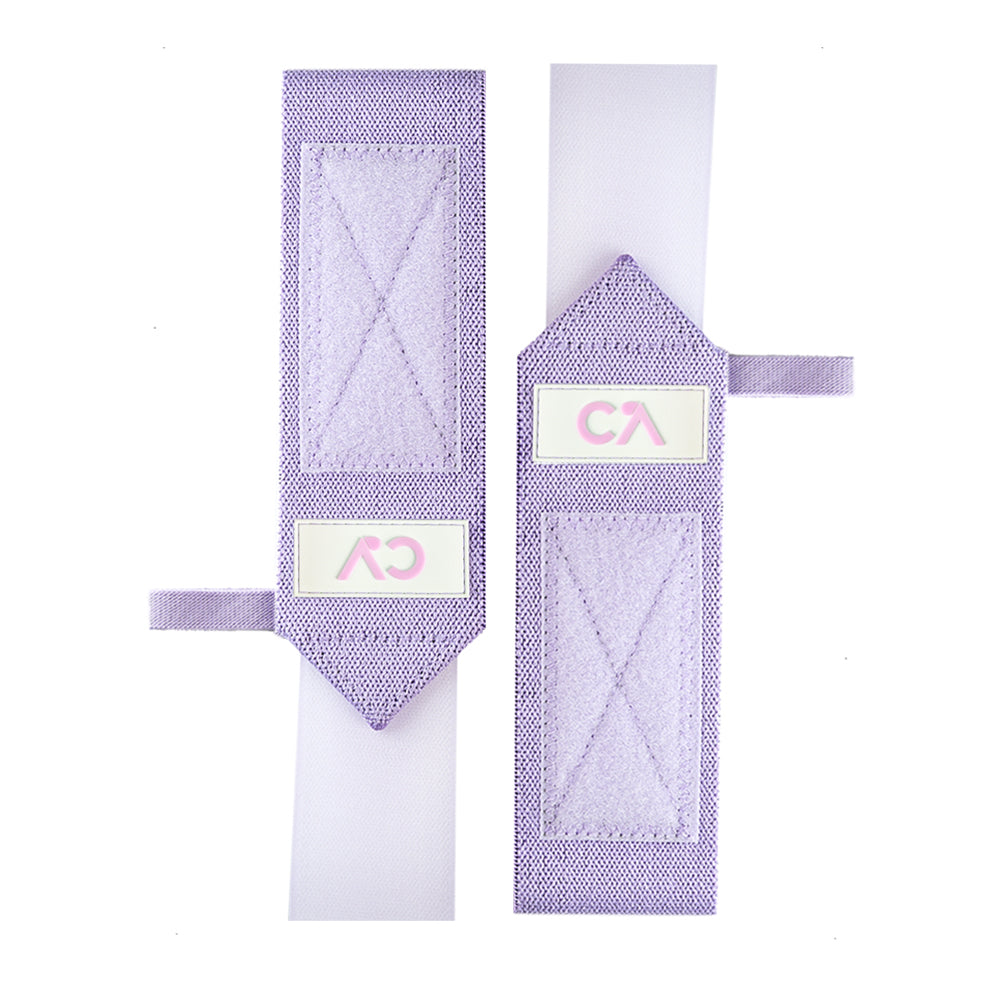
Leave a comment
All comments are moderated before being published.
This site is protected by hCaptcha and the hCaptcha Privacy Policy and Terms of Service apply.